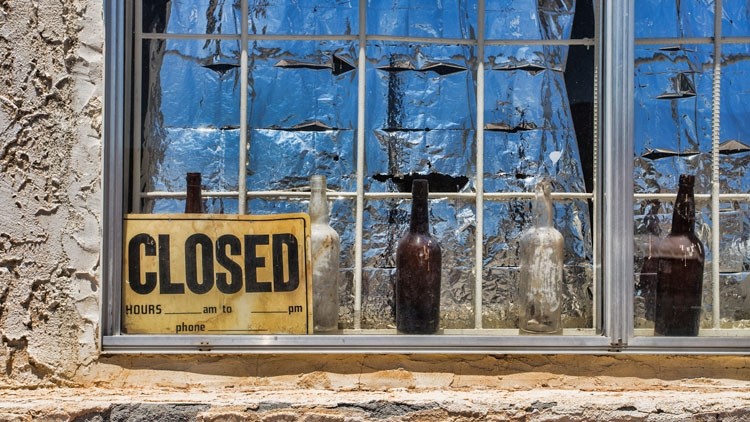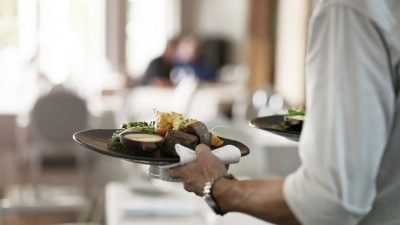Site numbers down slightly in first quarter as cost pressures threaten businesses

The data indicates that Britain had just under 106,000 licensed premises at the end of March 2022 — 0.9% short of the number of premises recorded for the final quarter of 2021.
While this small decrease represents a slowdown in the rate of closures since the start of the pandemic, the Monitor notes that sharp rises in cost pressures couples with the end to VAT relief and the expiration of the moratorium on landlord action mean many fragile hospitality businesses remain at risk of closure in the months ahead.
The research from CGA and AlixPartners reveals contrasting patterns of openings and closures across the industry. The last two years in hospitality have shown a sharp divide in trends between independent and managed operators, and while there is evidence that this divergence is narrowing, conditions remain harder for smaller businesses without the financial reserves of some bigger pub, bar, restaurant and hotel groups.
In the first quarter of 2022, the independent sector saw a net decline of 1.0% of venues when compared to the previous quarter’s figures. This was fractionally ahead of the managed world, which saw a 1.3% net decline in the first quarter of the year.
However, on a two-year measure since the start of the pandemic in 2020, independents’ total site numbers are 8.7% down — a much steeper drop than the 4.8% decline in the managed sector.
The inflationary pressures that are besieging hospitality at the moment could exacerbate this trend.
“Two years on from the start of the pandemic, our Market Recovery Monitor confirms the remarkable resilience of many hospitality businesses,” says Karl Chessell, CGA’s director for hospitality operators and food, EMEA.
“Consumer demand and investor confidence remain strong, and it has been encouraging to see a stream of new entrants into the market in early 2022. But while they have kept numbers of licensed premises nearly flat on the surface, there is a lot of turmoil going on underneath.
“Heavy inflationary pressures and staffing and supply issues are making conditions extremely difficult, and we can expect to see a steady flow of both closures and new openings as the year goes on.”
Some market segments are also faring worse than others in the current climate. For example, nightclubs suffered a significant net decline of 1.7% between the first quarter of 2022 and the final quarter of 2021, while drink-led community pubs saw numbers trimmed by 1.5% over the same period.
In contrast, channels including bars and casual dining restaurants have grown, albeit modestly.
Taking the contraction during the first quarter of 2022 into account, the total GB licensed market has 9,200 fewer sites than it did at the start of the pandemic (March 2020), a net decline of 8% of all sites.
“While it is encouraging to see a smaller decline in sites than we have in past quarters – and robust performances from some within the industry – the sector is still 9,200 sites lighter than when we entered the pandemic two years ago,” says Graeme Smith, a managing director at AlixPartners.
“Now, the significant additional cost pressures could lead to even greater churn, impacting independents, sub-scale businesses, and those with less-than-compelling consumer propositions and weaker brands in particular.
“The moratorium on landlord action also ended at the end of March and, as this expires, it may lead to more closures as landlords seek foreclosure due to unpaid rent.
“During this extremely challenging time, many businesses will be revisiting liquidity forecasts that may have become out-of-date and reassessing the validity of any capex and new site roll-out plans. Maintaining stability of supply will also be critical, as will be the careful consideration, testing and implementation of strategic pricing options.”
































